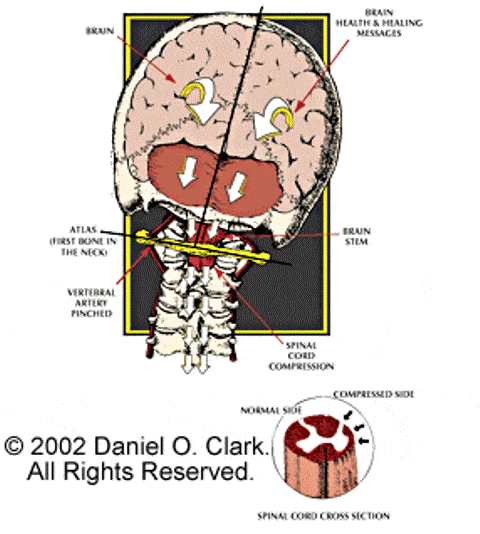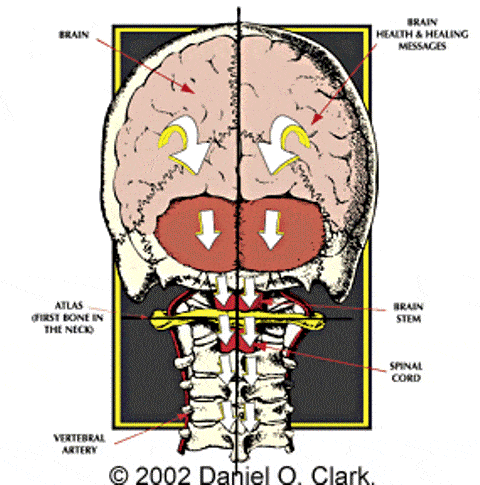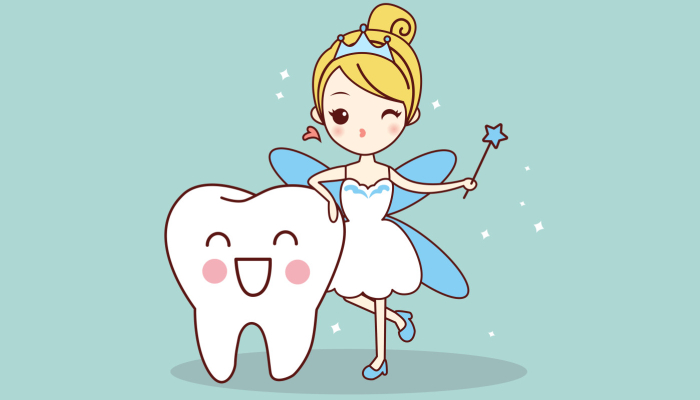The Best Kept Secret to Overcoming Migraines
By Guest Blogger Dr. Chad McIntyre, owner of Triad Upper Cervical Clinic
Migraines are one of the most commonly debilitating conditions in the world, affecting 20% of the population. Those who have suffered at least one, with any combination of the hallmark symptoms, can vouch for how it takes over your world from when it hits until it goes away.
In a single word, Migraines are awful. They are also one of the most aggravating conditions to treat through traditional medical options, as drugs used to combat symptoms are potentially dangerous and can cause a host of side effects, including increasing the likelihood of more consistent Migraine episodes.
As with most complicated matters, part of the frustration over the prevalence of Migraines is a lack of understanding as to what causes them. While many triggers have been discovered – caffeine, excessive light or sound, fatigue, certain foods, hormonal changes, poor sleeping posture, stress, and weather changes among them – the causes largely remain a mystery; and, without knowing the causes, treatment programs are predominantly designed either around stopping Migraine symptoms after they have already been triggered or prophylactically taking medications.
Years ago, Dr. Seymour Diamond, Executive Director of the National Headache Foundation, identified what he believed to be perhaps the root cause of Migraine Headaches: a malfunction in the nervous system’s hub, the brainstem. Using advanced imaging, he mapped neurologic activity throughout the brain and the brainstem before, during, and after Migraine attacks. Before a trigger was introduced, the brainstem was overactive. Once the trigger was introduced, there were spikes across the board, consistent in the brainstem as before and also in various parts of the brain. Imitrex was then introduced via injection and, although the turmoil reduced throughout the brain as Migraine symptoms decreased, the brainstem remained overactive.
After subsequent follow-up studies, Dr. Diamond concluded that the drugs used to suppress Migraine symptoms were not affecting the brainstem and that the brainstem remaining overactive was the reason that symptoms were so prone to return even after drug therapy.
The research begged the question: if the brainstem malfunctioning causes Migraines, what causes the brainstem to malfunction and, then, what if anything can be done to correct it?
Given that the brainstem is located where the head converges with the neck, a misalignment in the Upper Cervical spine quite commonly affects the brainstem’s function. The brainstem is the control center of the body responsible for the regulation of pain perception, breathing, heart-rate, balance, blood pressure, digestion, and the expanding and contracting of blood vessels; when it malfunctions, it provokes a state of crisis throughout the body and prompts the blood vessels surrounding the brain to swell, laying the foundation for one of the aforementioned triggers to set off a Migraine.
 Upper Cervical spinal misalignments have been shown through a variety of clinical trials to be underlying causes of several vascular conditions, Migraines, Hypertension, and Multiple Sclerosis among them. The primary reason why these misalignments occur is physical traumas, particularly those associated with the head and/or neck. Traumas occur throughout our lives, from the birthing process to the thousands of falls we incur during youth to sports injuries to bike wrecks to major falls to car accidents. When the upper neck vertebrae consequently misalign, the brainstem’s ability to normally regulate internal functions is impaired and the vertebral arteries which run through tiny openings on either side of the vertebrae can be compressed, decreasing the blood and oxygen supply to the brain and preventing the veins that drain fluid in the brain from working the way that they are supposed to.
Upper Cervical spinal misalignments have been shown through a variety of clinical trials to be underlying causes of several vascular conditions, Migraines, Hypertension, and Multiple Sclerosis among them. The primary reason why these misalignments occur is physical traumas, particularly those associated with the head and/or neck. Traumas occur throughout our lives, from the birthing process to the thousands of falls we incur during youth to sports injuries to bike wrecks to major falls to car accidents. When the upper neck vertebrae consequently misalign, the brainstem’s ability to normally regulate internal functions is impaired and the vertebral arteries which run through tiny openings on either side of the vertebrae can be compressed, decreasing the blood and oxygen supply to the brain and preventing the veins that drain fluid in the brain from working the way that they are supposed to.
Fortunately, these misalignments can be precisely identified and safely corrected by an Upper Cervical Practitioner, who uses specific diagnostic imaging to discover the complexities of the problem and who expertly sets the vertebrae back into their proper positions, removing the irritation to the brainstem and restoring proper blood flow to and from the brain in order to decrease and often eliminate the principal cause of Migraines.
 Kimberly Bostic stated the following about her experience with Upper Cervical Care: “Since I began my treatment in January 2011, I have suffered approximately 4 or 5 Migraines. I had a Migraine at least monthly, if not more frequently, for almost 30 years. In my mid-20s, I became aware that I could predict most precipitation-related weather events rather accurately because of my Migraines. The first time that it rained after the correction that put things right, I was thoroughly shocked to watch the news and see the radar indicated it was raining outside.”
Kimberly Bostic stated the following about her experience with Upper Cervical Care: “Since I began my treatment in January 2011, I have suffered approximately 4 or 5 Migraines. I had a Migraine at least monthly, if not more frequently, for almost 30 years. In my mid-20s, I became aware that I could predict most precipitation-related weather events rather accurately because of my Migraines. The first time that it rained after the correction that put things right, I was thoroughly shocked to watch the news and see the radar indicated it was raining outside.”
When Gwen Brown first sought Upper Cervical Care, she had become increasingly miserable and frustratingly unsure as to the reason why. “After one [Upper Cervical correction], my focus began to improve and my chronic Migraines went away along with the stress of anticipating surgery or life-long drugs to manage my condition. This completely changed my life.”
Finding the cause is the key. If you or someone you know has been plagued by Migraines, encourage them to see an Upper Cervical Practitioner who will not only pinpoint the cause but correct it as well.
Sources: The National Institute of Health; The National Headache Foundation
Dr. Chad McIntyre owns and operates the Triad Upper Cervical Clinic in Kernersville. Specializing in Upper Cervical Care, his office emphasizes a proactive, goal-oriented approach to health rooted in strong patient education. If you would like to learn more about Upper Cervical Care, visit www.triaduppercervical.com or call 336-992-2536 to schedule a consultation.

- Sponsored by Triad Upper Cervical Clinic
432 W Mountain StKernersville, North Carolina 27284336-992-2536







